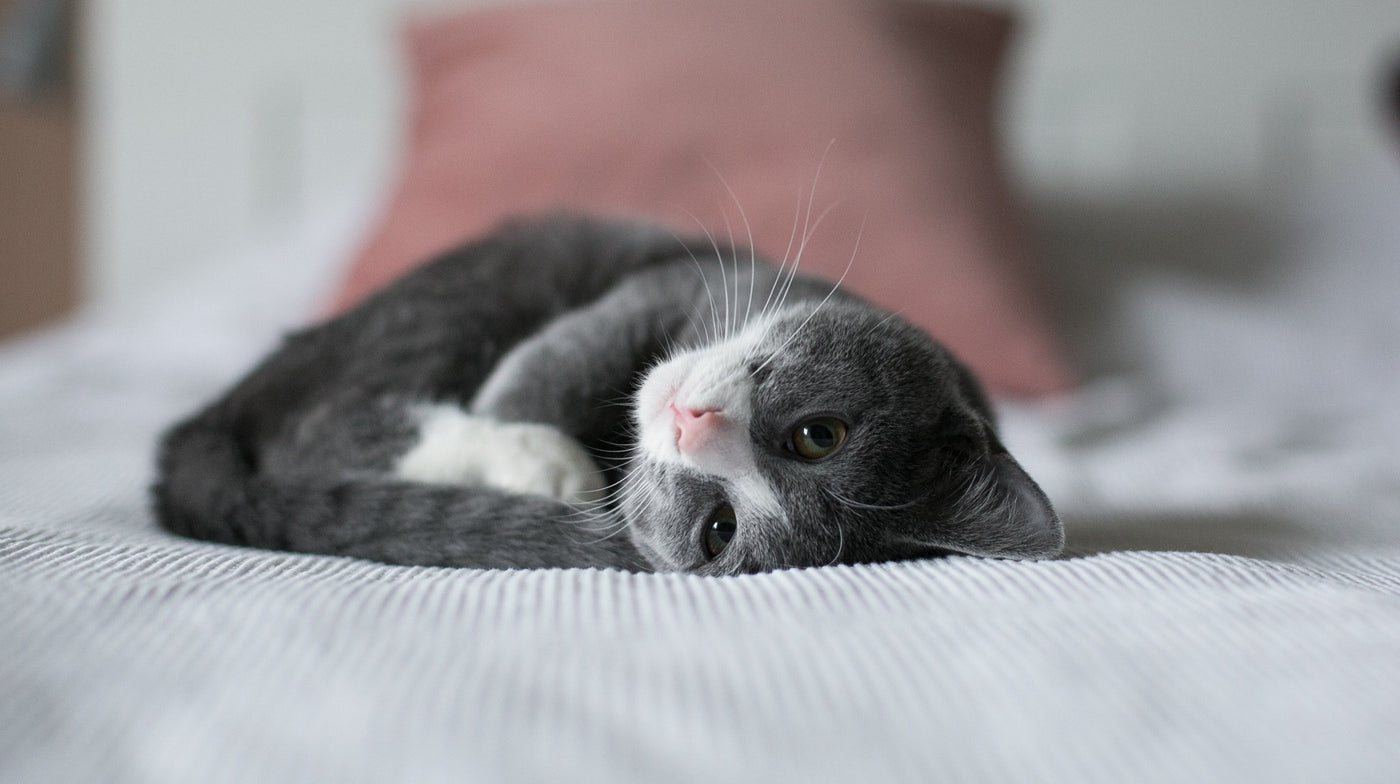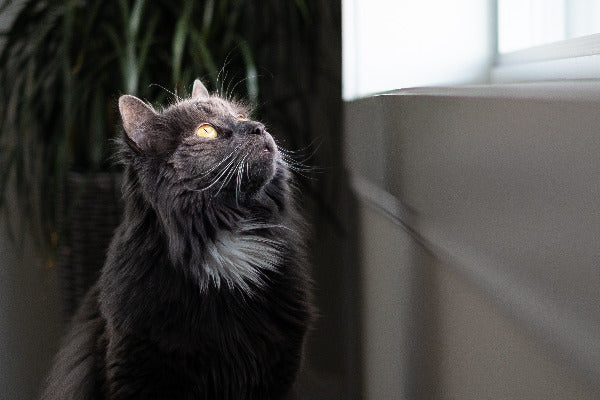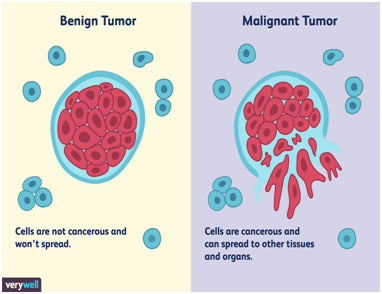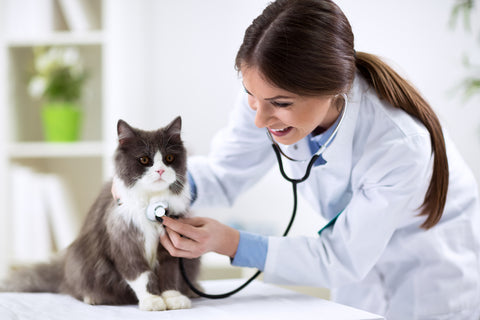
According to Animal Cancer Foundation, 1 in 5 cats will develop cancer in their lifetime. Cancer in cats is actually less common than cancer in dogs, but once it is diagnosed, it tends to move faster. Learn more about feline cancer with Basepaws.
Please note that due to the complexity of the issue, we decided to split this article into two parts. The first part will cover background information and address the following:
1) What is cancer, really? 2) The development of cancer 3) What is the cause of cancer in cats? The second part focuses on treatment and prevention.
1) What is cancer, really?
Simply put, cancer is a disease characterized by out-of-control cell growth. However, it is important to understand the difference between cancer and tumor. Abnormal cell growth results in formation of the tumor (also known as neoplasm). Tumors can either be malignant or benign. Malignant tumors are invasive and have a potential of spreading to other parts of the organism.
On the contrary, benign tumors are less invasive and do not spread throughout the body (Figure 1). Cancer is a malignant type of tumor. Which is why, cancer is defined as a disease marked by abnormal and uncontrollable cell division that potentially invades and spreads to other parts of the organism.

Figure 1: Benign tumor vs. malignant tumor/cancer (source)
2) The development of cancer
The fundamental cause of tumor formation in any organism lies in the accumulation of DNA mutations and epigenetic alterations in a cell. This further leads to abnormal cell division and eventually – tumor formation. Therefore, for a healthy cell to transform into a cancerous cell, the genes that control its division and differentiation must be altered. Genes that are involved in the formation of cancer are divided into two categories: oncogenes and tumor suppressor genes.
Oncogenes promote cell growth and division, while Tumor suppressor genes inhibit cell reproduction and survival. Which means malignant transformation can either be a result of over-expression of oncogenes or under-expression of tumor suppressor genes (Figure 2). For complete cell transformation, however, alterations in multiple genes are typically required.
These changes can occur through different mechanisms. The most common mechanism of gene alterations is through mutation. Mutations represent permanent changes in the nucleotide sequence of the genome. DNA mutations are very diverse and can be caused by various factors among different levels of DNA organization. There are many different ways to classify mutations, but for this particular discussion we are going to focus on the classification that divides mutations into two categories: large-scale and small-scale mutations.
a) Large-scale mutations include mutations on the chromosome level. They involve either a loss or a gain of a portion of the chromosome, as well as the translocations of its regions to a different chromosome or to a new site on the same chromosome.
b) Small-scale mutations include point mutations and INDEL mutations (insertions and deletions). These mutations can either occur in the coding sequence of the gene and alter the function and/or stability of its protein, or they can occur in the promoter region and alter the level of expression of the given gene.

Figure 2: Series of mutations leading to cancer development (source)
Mutations occur fairly frequently in all cells. However, cells possess error-correcting machineries that recognize the mutations and "fix " them. If the error is not fixable, then the cell is marked for apoptosis – controlled and programmed cell death. This way the accumulation of mutations is prevented.
If the initial errors compound into more severe errors, the cell will essentially escape more and more control mechanisms that would otherwise limit its growth and division. This chain reaction can eventually lead to a cell transformation. Once the cell is transformed, unless killed by the organism shortly after, it will divide and form a neoplasm.
3) What causes cancer in cats?
The causes of cancer in cats are generally unknown. Feline leukemia virus (FeLV) is suspected to be a prime contributor, alongside environmental toxins, second hand smoking and excessive grooming. Hormonal status and even some breeds have been linked to a higher risk of developing certain forms of feline cancer as well.
It is important to note that any factors that may be linked to cancer do not necessarily cause cancer. They simply increase the risk of developing cancer. Usually, the development of cancer is actually influenced by multiple variables. For these reasons, the exact cause can be very difficult to identify.

Cancer is a complex and serious disease observed both in humans and our pets. We hope this article has helped shed some light on the basics of feline cancer. Next week we will dig deeper and discuss the types of feline cancer, as well as diagnosis, treatment and prevention. So, stay tuned!



